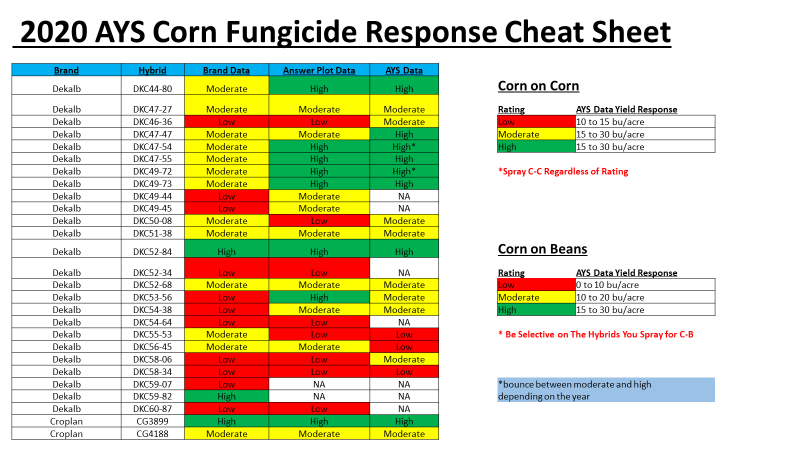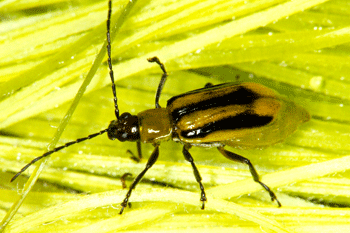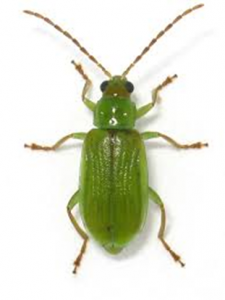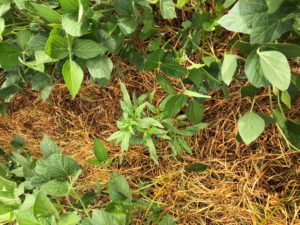Your Local Weekly Ag Partners Agronomic Update.
The one-stop-shop to hearing everything you need to know this week about what is happening in your fields.
This week’s featured agronomists are:
Austin Schultz- Le Sueur
Storm Sammon – Owatonna
Casey Carlson – Goodhue
Justice Keefauver – Lewiston
Eric Soley- Ellsworth
Scroll down to hear from your local agronomist.
West
Belle Plaine – LeCenter – LeSueur
|
Austin Schultz |
Now’s the time for Fungicide! Many growers across our geography have been applying tassel fungicide over the last week, which has gone very well in between the rain events we have had. Utilizing AYS data we have found that it is a huge benefit using a tassel fungicide application- leading to 15-30 bushel responses in corn on corn situations, as well as corn on beans depending upon the hybrids response to the application. Fungicide can be a key component to plant health and late season standability. Using products such as Trivapro in corn can help you add bushels for a more positive return on investment and help increase margins for your operation. Below is an example of a response to fungicide chart you might have seen from you Ag Partners, WWAS, or Kenyon Ag agronomist or AYS Specialist. |
Soybeans are at the R2-R3 stage right now, which is the ideal time to start making fungicide applications. We have not been seeing much for soybean aphids right now, but will continue scouting throughout the next few weeks. When making a fungicide application in soybeans it is important to remember to make the application during the correct stage and not hold out just because there are not any bugs to spray. When making a fungicide application, adding a pesticide with some residual like Endigo may help you not have to return with another pass for insecticide. Please contact your local agronomist with any questions.
Central
Kenyon – Morristown – Owatonna
Join Storm Sammon, Owatonna Agronomist, to hear a brief agronomic update.
Click on picture below:
South
Lewiston
|
Justice Keefauver |
Tassels are starting to emerge! Has anyone noticed more “fire fly’s” in the last couple weeks? The reason I bring that up is because that is typically when we start to see the adult Northern and Western corn rootworm beetles start to fly & FEED. Corn rootworm larvae and the adult beetles can be harmful for our corn fields. Let us dive deeper into understanding what to look for in the fields and how to identify an infestation. |
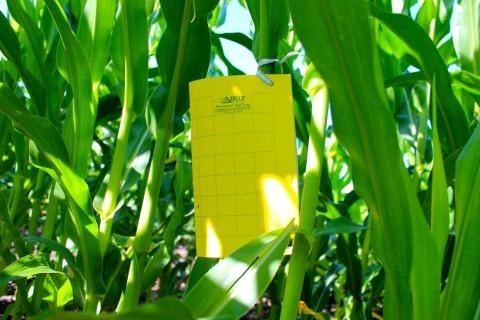
Pictured above is a sticky trap we position in your field to track CRW pressure
Today, our intern Rylee Schliep went out to hang “sticky traps” all around our region to understand their movement and population increases so we can know if there are issues. The Northern and Western corn rootworm beetles are responsible for clipping silks during pollination which has a negative effect on kernel production and ultimately yield. The Northern beetles are all green in color and the western are yellow with black stripes illustrated below.
|
Western CRW |
Northern CRW |
We will be monitoring the traps in the next several weeks and keep you informed on the results! They like to show up primarily in conventional corn fields as well as corn on corn rotation. Please reach out to your agronomist if you start to see these beetles on your farms!
East
Wanamingo – Pine Island – Cannon Falls -Goodhue -Lake City
|
Casey Carlson |
Crop Update So far for 2020 we continue to be above average for GDU accumulation as well as above 2019. 80% of corn fields within our trade area are tasseled as of today. Rainfall is normal to slightly above normal for the growing season but is significantly behind when comparing the month of July. Many fields in northern Goodhue county and Dakota county could use a significant rainfall. |
Last 14 Days Percent of Normal Rainfall
Fungicide Update
With corn tasseling we are actively spraying VT fungicide and have the capacity to add more. Most soybeans are in the R2 stage and will likely be in the R3 stage next week. We should have a busy week next week spraying soybean fungicide. If we continue to have a dry weather pattern during grain fill, I expect our local area to have an above average response to fungicide for both corn and soybeans. This would be like the 2018 crop year where we saw high yield responses due to dry weather.
Corn Rootworm Update
A wind event last week root lodged some corn in the Bellechester area. The worst fields were isolated to continuous corn. After performing root digs many of these corn on corn fields had rootworm feeding on traited corn. The picture below is from a 3rd year corn on corn field with SmartStax corn. Continuous corn growers in the Goodhue county area using SSTX, Qrome, HXX, and Duracade trait packages should use an infurrow insecticide in 2021 or rotate problem fields to soybeans to manage corn rootworm. Rootworm feeding on traited corn does not necessarily mean that the rootworms are resistant. The root damage could be due to high rootworm pressure. Remember rootworms need to eat on the roots of traited corn to die.
WWAS
Ellsworth
Eric Soley
After experiencing a hot and dry spell last week our territory received some much needed rain on Tuesday as the corn reaches the critical stage of pollination. It has been a busy week here with spraying for leafhoppers in alfalfa and fungicide on our corn acres with the helicopter.
As we wait for the soybeans to reach the R3 stage for fungicide it’s a great time to assess how your soybean herbicide plans worked this year. A few things that we have noticed:
1. Getting a pre down is critical, especially when battling giant ragweed. If a pre is not used, the timing of the post spray is critical in terms of spraying weeds before they get over 3” tall
2. Flexstar still works but only when ragweeds and waterhemp are less than 3” tall.
3. 2nd pass in the soybeans needs to include something that will take down any giant ragweed or waterhemp that has emerged. Too often fields looked “clean” when you go to spray, so you only aaply Glyphosate and Dual. However, when we do this it is about a week later and we end up seeing escaped ragweed and waterhemp.
4. Group 15 residuals, such as Dual, are a must for season long control of waterhemp.
5. If Dicamba isn’t a viable option on your soybean acres due to its regulations, then it may be time to look at the Enlist platform
Giant ragweed breaking through the soybean canopy – something that we do not like to see that happens too often



